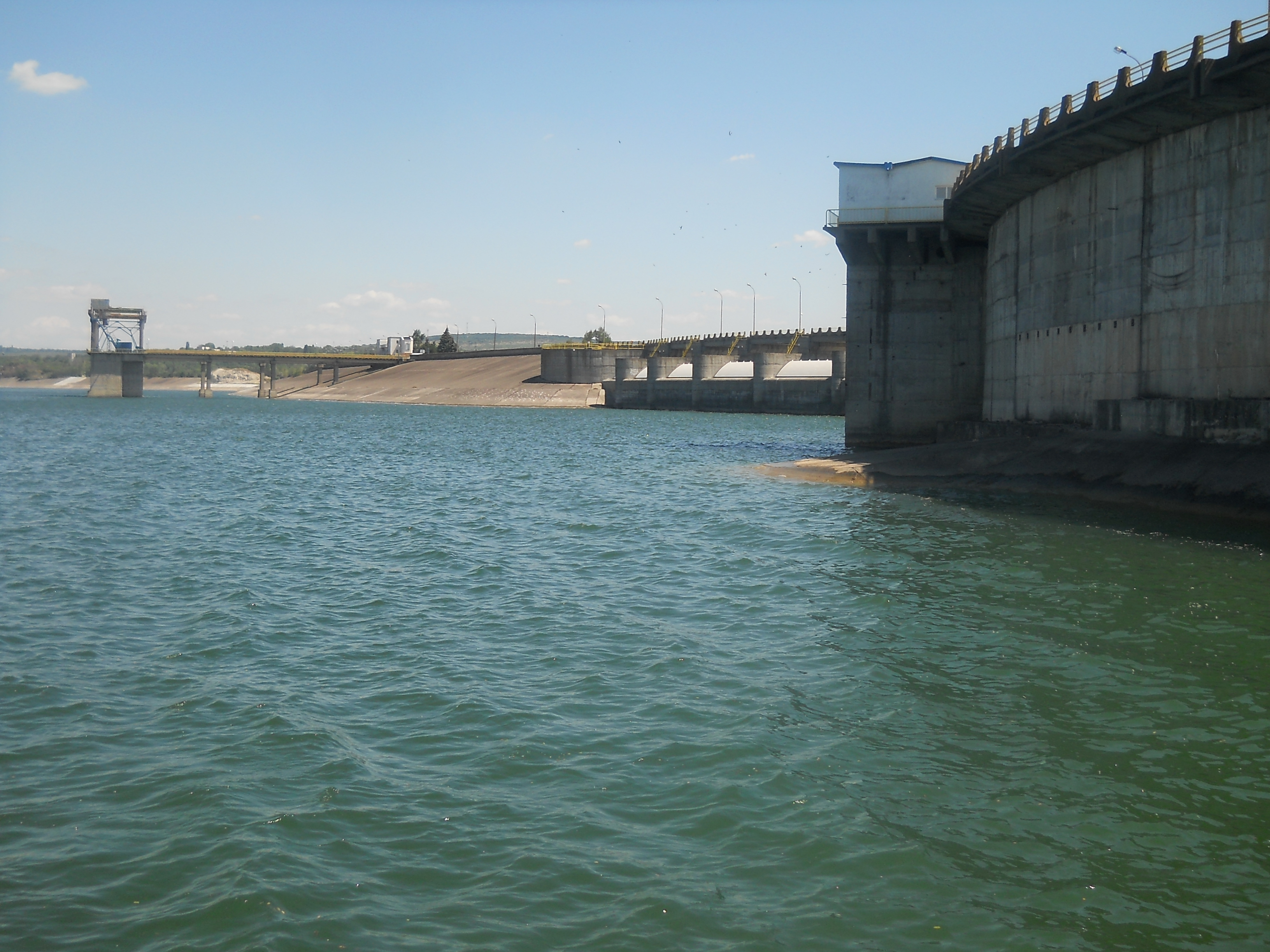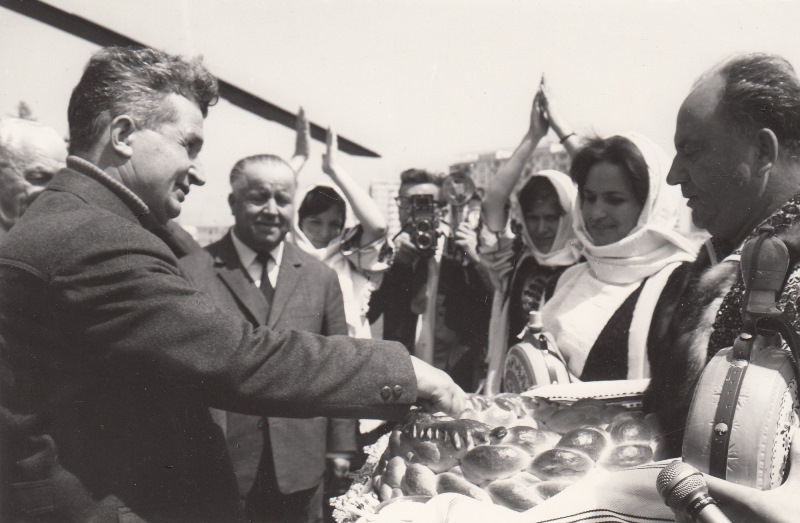|
Vârfu Câmpului
Vârfu Câmpului is a communes of Romania, commune in Botoșani County, Western Moldavia, Romania. It is composed of six villages: Dobrinăuți-Hapăi, Ionășeni, Lunca, Maghera, Pustoaia and Vârfu Câmpului. Natives * Emil Bobu * Alexandru Zub External links Vârfu Câmpului history and geography References Communes in Botoșani County Localities in Western Moldavia {{Botoşani-geo-stub ... [...More Info...] [...Related Items...] OR: [Wikipedia] [Google] [Baidu] |
Communes Of Romania
A commune (''comună'' in Romanian) is the lowest level of administrative subdivision in Romania. There are 2,686 communes in Romania. The commune is the rural subdivision of a county. Urban areas, such as towns and cities within a county, are given the status of ''city'' or '' municipality''. In principle, a commune can contain any size population, but in practice, when a commune becomes relatively urbanised and exceeds approximately 10,000 residents, it is usually granted city status. Although cities are on the same administrative level as communes, their local governments are structured in a way that gives them more power. Some urban or semi-urban areas of fewer than 10,000 inhabitants have also been given city status. Each commune is administered by a mayor (''primar'' in Romanian). A commune is made up of one or more villages which do not themselves have an administrative function. Communes, like cities, correspond to the European Union's level 2 local administrativ ... [...More Info...] [...Related Items...] OR: [Wikipedia] [Google] [Baidu] |
Botoșani County
Botoșani County () is a county (județ) of Romania, in Western Moldavia (encompassing a few villages in neigbhouring Suceava County from Bukovina to the west as well), with the capital town ( ro, Oraș reședință de județ) at Botoșani. Demographics As of 31 October 2011, it had a population of 412,626 and the population density was 83/km2. * Romanians – 94.1% * Romani – 1% * Ukrainians – 0.2% * Lipovans – 0.1% * Other ethnicities – 0.1% * Unknown ethnicity – 4.6% Geography * Botoșani County is situated between the rivers Siret and Prut, in the northeastern part of Romania, bordering Ukraine to the north and Moldova to the east. To the west and south it has borders with Suceava and Iași counties. * It has a total area of , comprising 2.1% of the Romanian territory. * The relief is a high plain, between the valleys of the Siret and the Prut, and the latter's affluent, the Jijia River. * It has a temperate climate, influenced by the eastern air mas ... [...More Info...] [...Related Items...] OR: [Wikipedia] [Google] [Baidu] |
Western Moldavia
Moldavia ( ro, Moldova), also called Western Moldavia or Romanian Moldavia, is the historic and geographical part of the former Principality of Moldavia situated in eastern and north-eastern Romania. Until its union with Wallachia in 1859, the Principality of Moldavia also included, at various times in its history, the regions of Bessarabia (with the Budjak), all of Bukovina, and Hertsa; the larger part of the former is nowadays the independent state of Moldova, while the rest of it, the northern part of Bukovina, and Hertsa form territories of Ukraine. Romanian Moldavia consists of eight counties, spanning over 18% of Romania's territory. Six out of the 8 counties make up Romania's designated Nord-Est development region, while the two southern counties are included within Romania's Sud-Est development region. History Moldavian dialect The delimitation of the Moldavian dialect, as with all other Romanian dialects, is made primarily by analyzing its phonetic features and on ... [...More Info...] [...Related Items...] OR: [Wikipedia] [Google] [Baidu] |
Romania
Romania ( ; ro, România ) is a country located at the crossroads of Central, Eastern, and Southeastern Europe. It borders Bulgaria to the south, Ukraine to the north, Hungary to the west, Serbia to the southwest, Moldova to the east, and the Black Sea to the southeast. It has a predominantly temperate- continental climate, and an area of , with a population of around 19 million. Romania is the twelfth-largest country in Europe and the sixth-most populous member state of the European Union. Its capital and largest city is Bucharest, followed by Iași, Cluj-Napoca, Timișoara, Constanța, Craiova, Brașov, and Galați. The Danube, Europe's second-longest river, rises in Germany's Black Forest and flows in a southeasterly direction for , before emptying into Romania's Danube Delta. The Carpathian Mountains, which cross Romania from the north to the southwest, include Moldoveanu Peak, at an altitude of . Settlement in what is now Romania began in the Lower Pale ... [...More Info...] [...Related Items...] OR: [Wikipedia] [Google] [Baidu] |
Emil Bobu
Emil Bobu (22 February 1927 – 12 July 2014) was a Romanian Communist activist and politician, who served as Interior Minister from 1973 to 1975 and as Labor Minister from 1979 to 1981. He was an influential figure in the later years of the Communist regime until his downfall during the 1989 Revolution. Biography Bobu was born to a peasant family in Vârfu Câmpului, Botoșani County. He attended seven grades of primary school and the school for Romanian Railways (CFR) employees, subsequently becoming a lathe operator at the CFR workshop in Iași from 1943 to 1945. He entered the Union of Communist Youth in 1941 and the Romanian Communist Party (PCR) in November 1945. From that time until 1947, he was responsible for youth issues in the communist organization at the Iași CFR workshop.Neagoe, p.76 During 1948, by which time a communist regime had been established, he studied in Bucharest to become a teacher at the CFR schools. In 1949, he attended law school at th ... [...More Info...] [...Related Items...] OR: [Wikipedia] [Google] [Baidu] |
Alexandru Zub
Alexandru Zub (born October 12, 1934) is a Romanian historian, biographer, essayist, political activist and academic. A former professor at the University of Iași, noted for his contribution to the study of cultural history and Romanian history, he is currently head of the A.D. Xenopol Institute of History (an office he has held since 1990).Ovidius University He was elected a full member of the Romanian Academy in 2004 (having been a correspondent member since 1991); currently, he serves as head of the Academy's History Department.Romanian Presidency A political prisoner during the early years of Communist Romania, and a known dissident, Zub was selected by Vladimir Tismăneanu on the panel of the Presidential Commission for the Study of the Communist Dictatorship in Romania, which presented its Final Report to Parliament on December 18, 2006. Biography Zub was born in Vârfu Câmpului, Botoșani County. He attended the School of Pedagogy in Șendriceni, and later completed Unive ... [...More Info...] [...Related Items...] OR: [Wikipedia] [Google] [Baidu] |
Communes In Botoșani County
An intentional community is a voluntary residential community which is designed to have a high degree of social cohesion and teamwork from the start. The members of an intentional community typically hold a common social, political, religious, or spiritual vision, and typically share responsibilities and property. This way of life is sometimes characterized as an " alternative lifestyle". Intentional communities can be seen as social experiments or communal experiments. The multitude of intentional communities includes collective households, cohousing communities, coliving, ecovillages, monasteries, survivalist retreats, kibbutzim, hutterites, ashrams, and housing cooperatives. History Ashrams are likely the earliest intentional communities founded around 1500 BCE, while Buddhist monasteries appeared around 500 BCE. Pythagoras founded an intellectual vegetarian commune in about 525 BCE in southern Italy. Hundreds of modern intentional communities were formed across ... [...More Info...] [...Related Items...] OR: [Wikipedia] [Google] [Baidu] |


